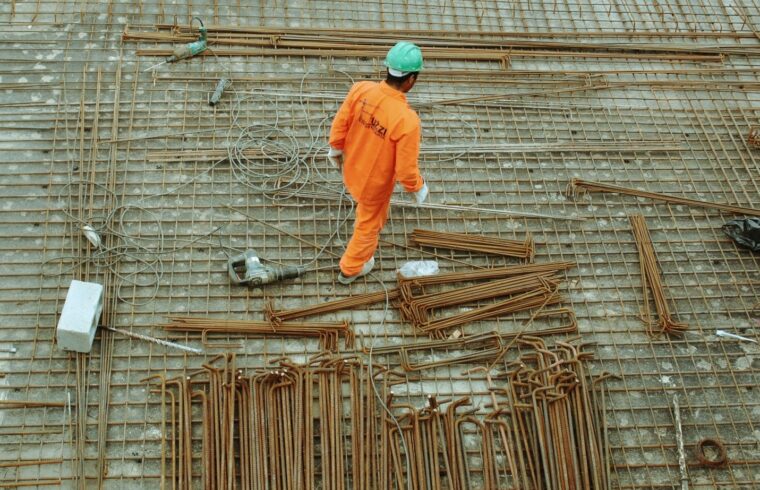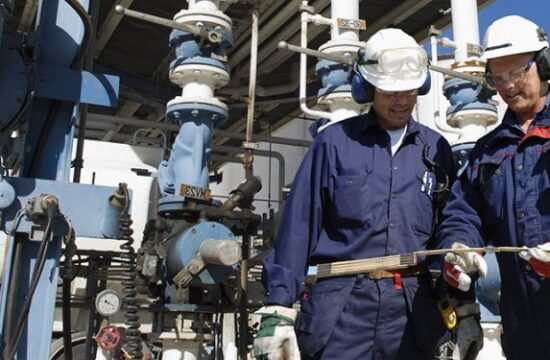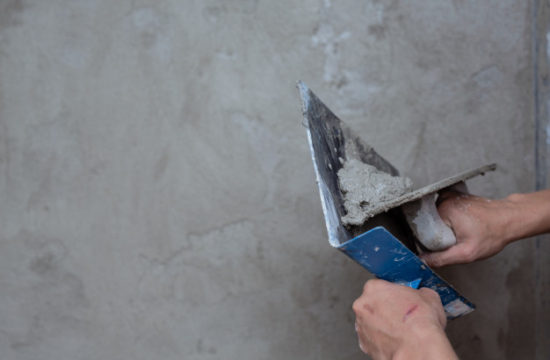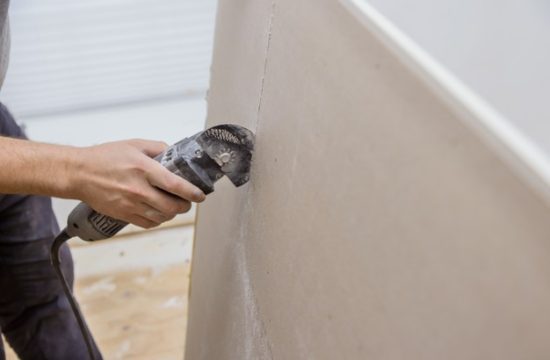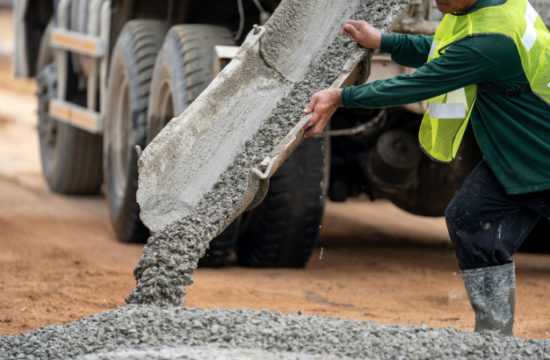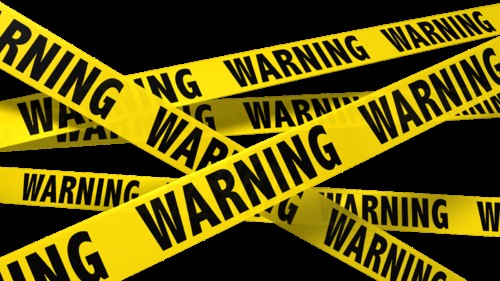Jobsites are among the top work environments when it comes to job-related injuries. According to recently released statistics, as many as 250 incidents per 10,000 full-time employees occur in the construction arena, which is a good reason to make jobsite safety a priority. This is an especially important concern to have in mind when installing the first anchor since many things can go awry unless this task is handled with due care. To help you tackle the anchor setup with minimal risks and hassle in tow, check out the tips below.
1. Observe User’s Manual Guidelines Closely
Each piece of construction equipment comes with a user’s manual for a good reason – and yet many construction professionals fail to do even so much as flick through it before venturing to assemble or install the gear. Still, if you want to stay on the safe side of the anchor installation procedure, you should closely follow the instructions in the manual and make sure that you have completed each step in full before proceeding to the next one. By doing so, you will reduce the risk of mishaps during installation and ensure proper anchor setup which will guarantee its seamless functioning and longevity.
2. Perform Timely Anchor Location Inspection
Before you launch anchor installation, it might be a smart idea to perform a thorough location inspection. In this way, you will be able to establish if the site is fail-proof and devoid of any weaknesses that can cause damage to the first anchor at some point later. Additionally, you should check (and double-check) the structure for signs of decay, rust or defect. The main structure and rafters, trusses, anchor points and other components must be sturdy, strong, and in shape so that the anchor can resist fall or a similar risky event.
3. Observe the OSHA Guidelines for Peak Safety
For an additional layer of safety, you should inspect the guidelines provided by the Occupational Safety and Health Administration (OSHA) with regard to anchor installation security. According to OSHA guidelines, an anchorage point onto which the equipment is secured has to be capable of supporting a minimum load of 5,000 pounds per attached worker. Additionally, it has to be designed and/or installed as a complete unit with a safety factor of not less than two, and the installation procedure itself should be supervised by an experienced professional. Furthermore, OSHA regulations note that the anchorage needs to be rigid and that its deflection mustn’t exceed .04 inches (1 mm) under the weight of a 2,250 pounds (10 kN) force.
4. Inspect the First Anchor for Potential Defects
Before building a housing unit, construction experts perform quality checks to ensure maximum safety and efficiency – and the same is true of installing a piece of equipment on a jobsite. Prior to assembly and installation, run a quick check to make sure equipment is free from signs of defect or missing elements. If you detect any fault, corrosion, damage, or lack of necessary components, you should demand a replacement or compensation from the equipment manufacturer or supplier immediately. Defective elements and missing parts can compromise structure safety and longevity, and a faulty first anchor structure that cannot withhold a fall is a shortcut to a jobsite incident that can end in casualties or, at best, costly site damage.
5. Organize Anchor Installation Staff Training
To ensure maximum safety during first anchor installation, it would be wise to organize a staff training session. It would be highly recommendable for all workers to participate in the training, so it may be a clever idea to make the training mandatory for all the jobsite staff. That way, you’ll make sure they are informed about proper handling, maintenance, and installation of all the equipment related to the anchor, as well as the installation procedure and all its stages. Oversights and mishaps can happen to the most experienced staff members, but the mandatory training will serve as a deterrent to unwarranted errors arising out of neglect or lack of guidance.
Installing a first anchor is a procedure which comes with its own set of risks and challenges, but there are a few simple ways to reduce incidents, injuries, and damage. Observe the user’s manual instructions and OSHA guidelines, perform all necessary checks and inspections on time, and make sure your team gets all the critical information about the anchor installation procedure in advance and you’ll have nothing to worry about. Good luck!
click here for more interesting articles

